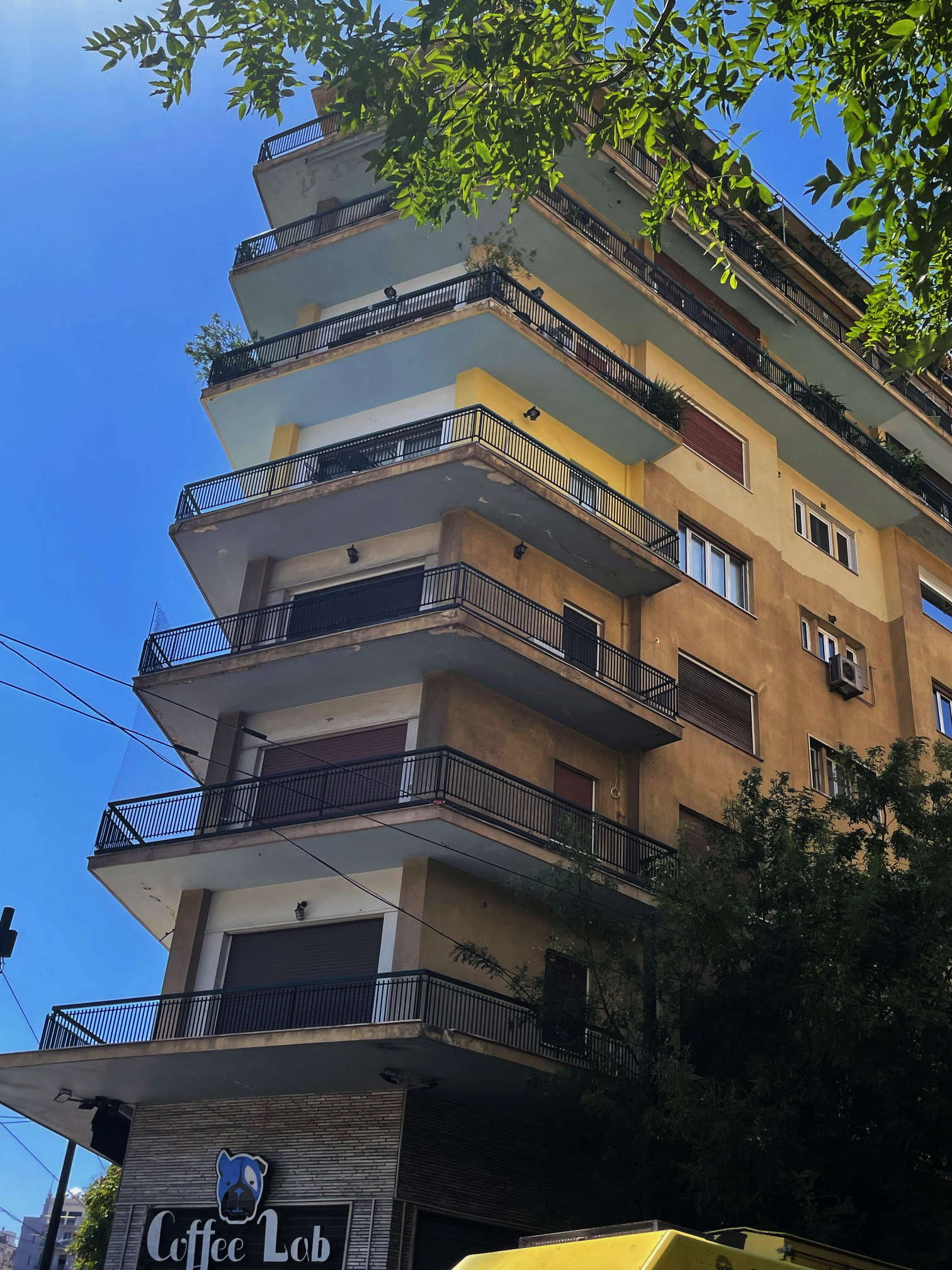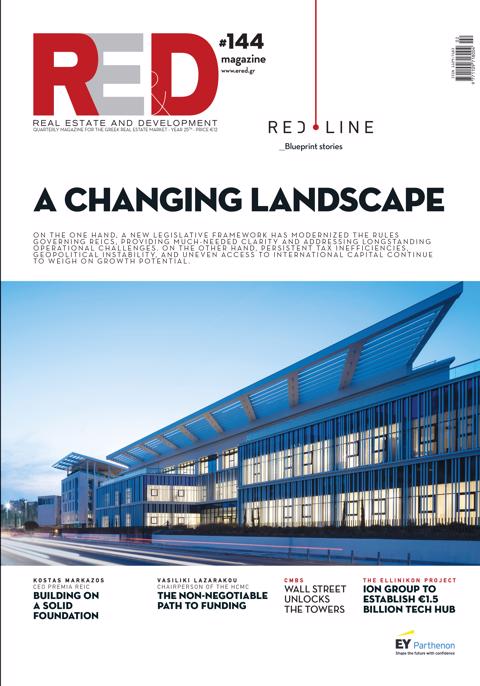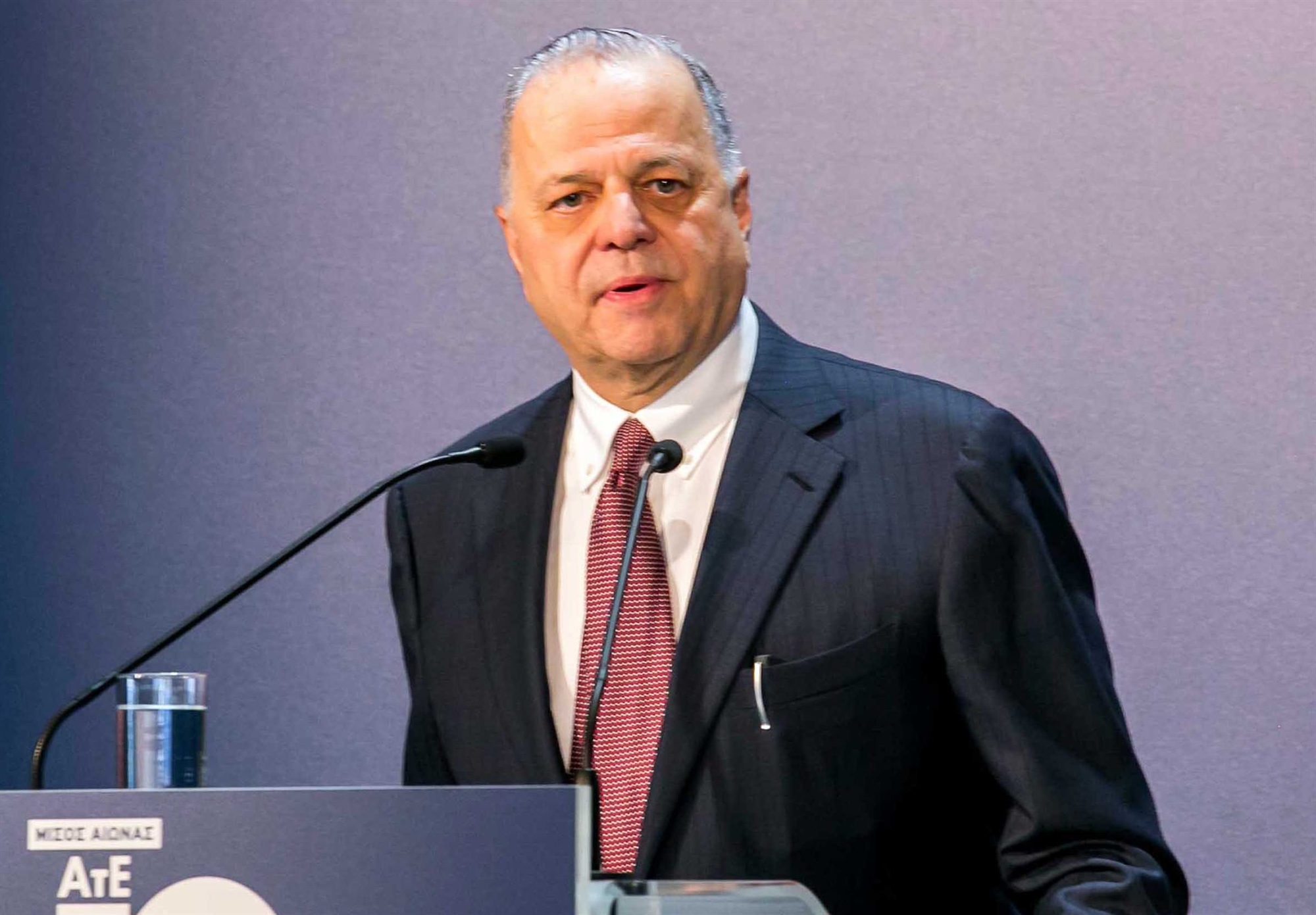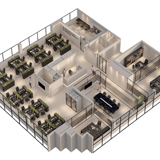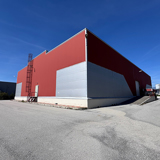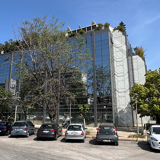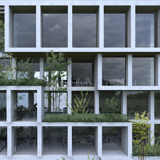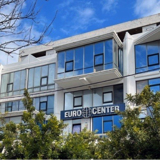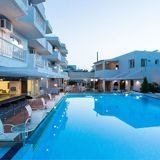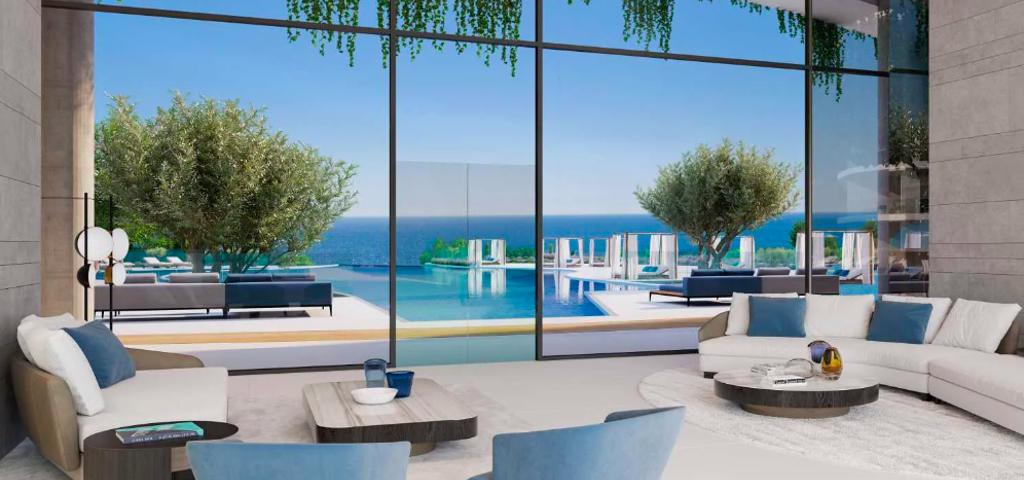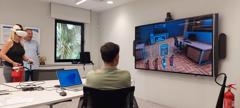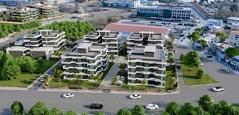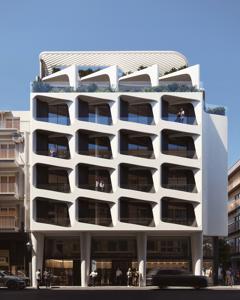According to Geoaxis, the level of increase in the value of newly built apartments is determined at 6.07% compared to one year ago (down from 8.51%) and a notable 15.11% compared to two years ago (down from 24.70%). For older apartments, the increase is also substantial, at 6.65% compared to one year ago (down from 7.81%) and 14.97% compared to two years ago (down from 22.68%).
Over a ten-year period, the average increase in the value of each type of apartment exceeded 94%, nearly doubling their price.
According to the latest data from ELSTAT, the homeownership rate in 2023 reached 69.6%, a decrease of 3.2 percentage points from 2022, with only 11% of ownership belonging to individuals aged 25 to 34. The ongoing widening gap between the growth of the minimum wage and property values is revealing and fully explains, in financial terms, the shift toward renting. According to EUROSTAT, the average annual growth rate of the minimum wage between January 2014 and January 2024 was +2.9%, whereas, according to our Observatory, the average annual increase in the value of both older and newly built apartments in the five areas we monitor reaches nearly 10% per year.
The trend of the hybrid working model, where employees work from home one to two days per week, is influencing the housing market. This has created a need for larger, more flexible spaces suitable for work and isolation, while proximity to the workplace has lost some of its importance due to reduced commuting. Demand is shifting toward residences with good natural lighting, soundproofing, and high-speed internet—often located in suburbs or areas with better quality of life—reshaping buyer priorities and investment strategies in the real estate market.
The adoption of ESG elements (environment, society, corporate governance), the emphasis on health-related protocols, the demand for new smart technologies and flexible spaces, and the broader focus on well-being are setting new parameters for future constructions. These factors significantly increase building costs and, therefore, the final sale price, creating further obstacles to home ownership for younger generations.
From the analysis of Geoaxis data, it appears there has been an average increase of 100% in the value of newly built apartments and 94% in older apartments compared to 2016 prices. This is illustrated in the accompanying tables and graphs.
According to our Observatory, between the third quarter of 2024 and the third quarter of 2025, there is a median annual increase of 6.07% for newly built apartments and 6.65% for older ones. The significant rise in property values is explained by the sharp drop in supply—due to an exceptionally strong tourist season and increased short-term rentals such as Airbnb—resulting in this year’s sample comprising primarily much newer and more expensive apartments. It is noted that from online listings, newspaper classifieds, and real estate agency websites, we selected typical constructions in standard locations. Apartments with unobstructed views, designed by renowned architects, and built with high-end materials recorded values more than 25% higher than those of standard apartments.
In the segment of newly built apartments (up to 5 years old), with an average area of 111 square meters, a median age of just 1 year, and located on the second floor, the market research concluded that the highest values are recorded in Cholargos (€4,443/sq.m. from €4,267/sq.m., with an annual increase of 4.12%), followed in order by: Palaio Faliro (€4,013/sq.m. from €3,715/sq.m. with an annual increase of 8.02%), Marousi (€3,825/sq.m. from €3,600/sq.m. with an annual increase of 6.25%), Ampelokipoi (€3,236/sq.m. from €3,080/sq.m. with an annual increase of 5.06%), and finally Peristeri (€2,790/sq.m. from €2,610/sq.m. with an annual increase of 6.90%). Based on the above, Palaio Faliro recorded the highest annual increase, while Cholargos recorded the lowest among all areas.
Regarding older apartments (over 35 years old), with an average area of 113 square meters, a median age of 47 years, and also located on the second floor, the research showed that the highest values are found in Cholargos (€2,555/sq.m. from €2,432/sq.m. with an annual increase of 5.06%), followed in order by: Marousi (€2,121/sq.m. from €2,000/sq.m. with an annual increase of 6.05%), Palaio Faliro (€2,027/sq.m. from €1,893/sq.m. with an annual increase of 7.08%), Peristeri (€1,699/sq.m. from €1,588/sq.m. with an annual increase of 6.99%), and finally Ampelokipoi (€1,688/sq.m. from €1,562/sq.m. with an annual increase of 8.07%). Based on the above, Ampelokipoi recorded the highest annual increase, while Cholargos recorded the lowest compared to all other areas.
